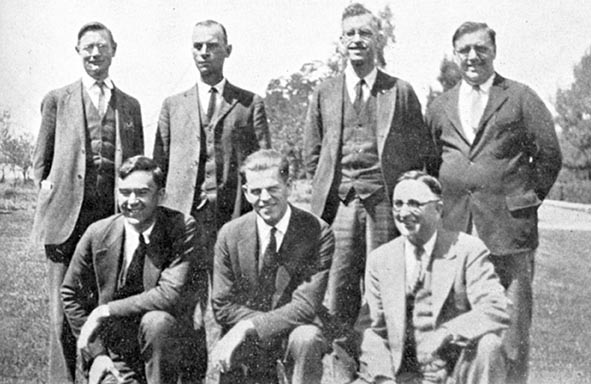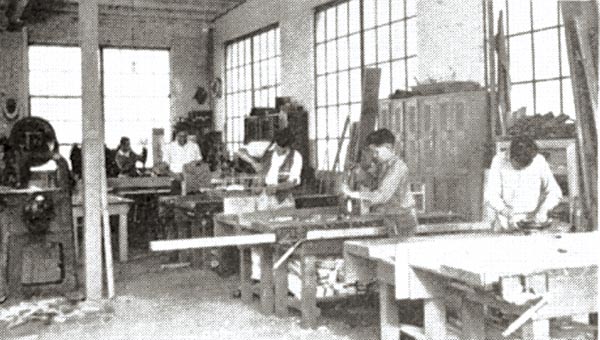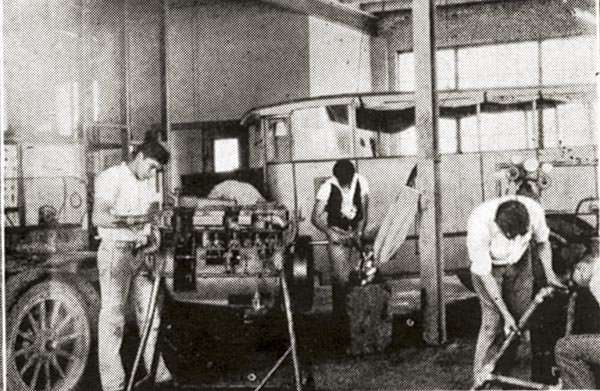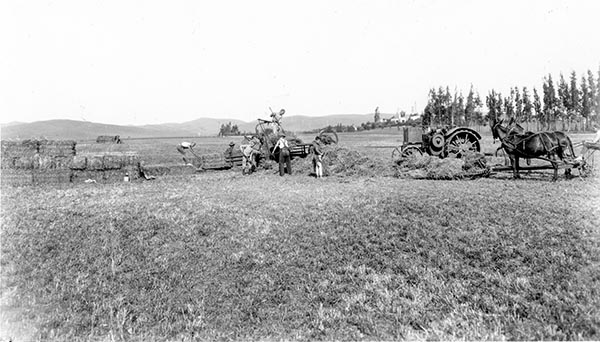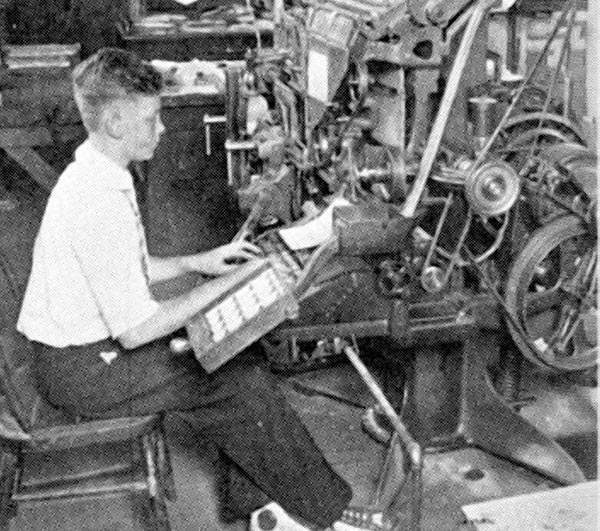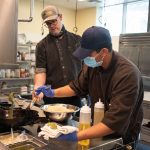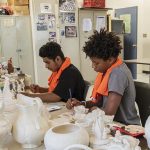Imagine a current day high school student being required to master farm accounting for a math class, or learning about soil fertility and the principles of plant breeding for a chemistry course. This was the actual curriculum offered at Boys Republic’s vocational high school in the early 1920’s when Boys Republic focused on the importance of aligning education with a worthwhile vocation for the boys. Whether that vocation was printing, carpentry, machinery, or farming the emphasis was the same, a boy should have mastered his courses well enough upon leaving Boys Republic that he should be able to hold down a responsible position without having to go to some other school. Boys Republic has always focused on “real world” education for its graduates, which is in line with its commitment to help good kids acquire the skills and attitudes for better lives.
Boys Republic High School evolved from humble beginnings. The first school was started in 1910. An instructor, Mr. Berryman, held classes in Pioneer Cottage and was assisted by cottage housemothers. The school was then moved to La Paloma Cottage. In 1912, the Chino School District built the “Old School House” on land donated by Boys Republic. The program was named the “Republic Grammar School,” owing to the fact that the curriculum was limited to 5th through 8th grade material. The modest old building would house the academic program until 1939, when the Margaret Fowler Memorial Auditorium and attached classrooms were constructed to accommodate greater enrollment.
In 1917, passage of the Smith-Hughes National Vocational Education Act enabled federal funding for the school. Accordingly, Republic Grammar School was formally organized around vocational curriculum. Half of each student’s school day was spent in practical academic studies within the classroom. Students spent the other half-day engaged in the “industries”: carpentry, mechanics, agriculture, and printing.
Chino School District furnished the program with state-certified teachers, just as they do today. Gradually, the grammar school curriculum was phased out as more academically advanced boys entered the program The school acquired the name of Chino Vocational High School in 1925. While the high school retained its vocational focus well into the 1950s, curriculum revisions and compliance with statewide standards gradually led to the adoption of a more comprehensive course offering. Today, boys Republic High School is a WASC- accredited program of individualized instruction. Students, who previously experienced little success in conventional academic setting, find that the highly structured Boys Republic High School allows them to earn the academic accomplishment that had always seemed so elusive.

